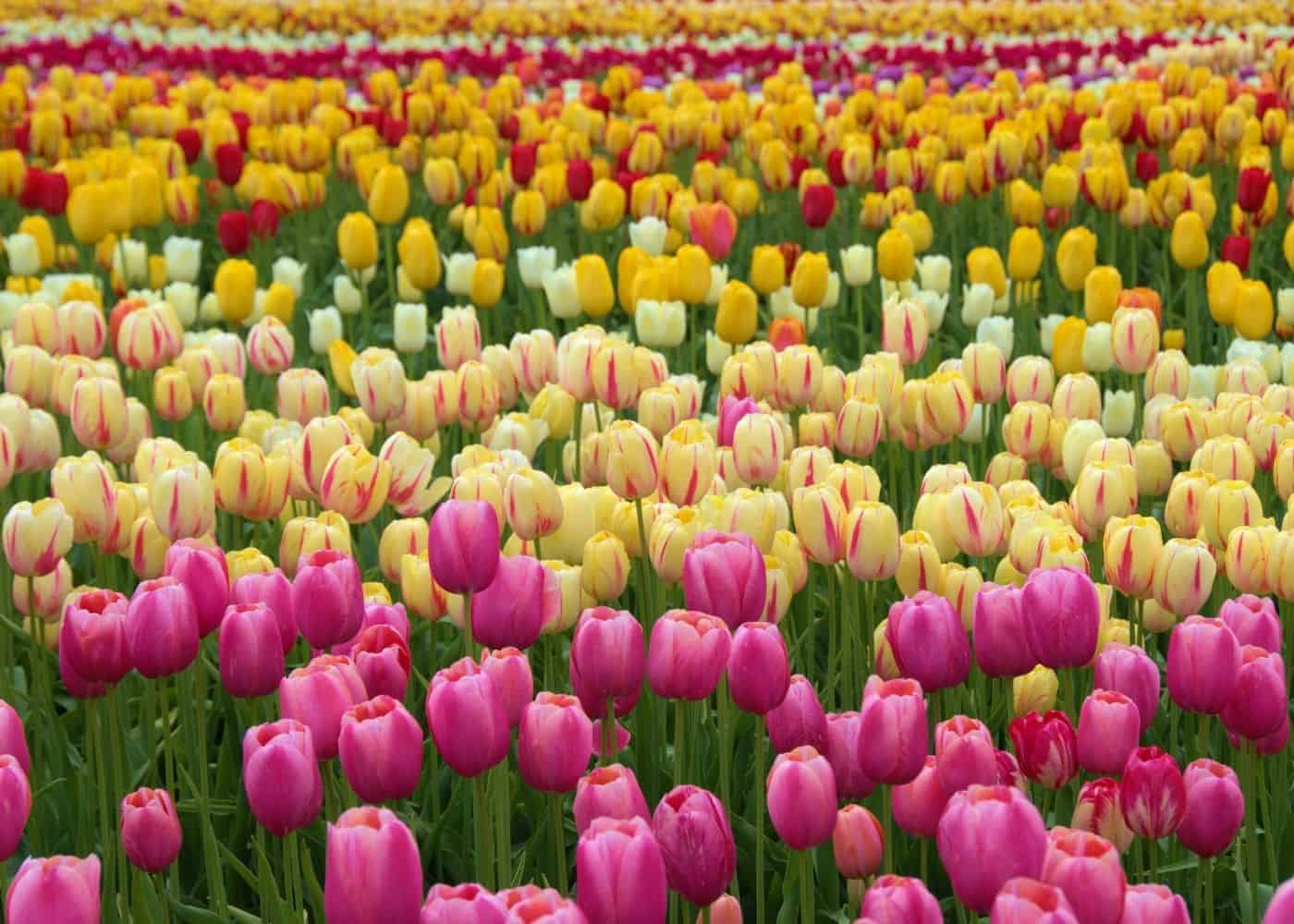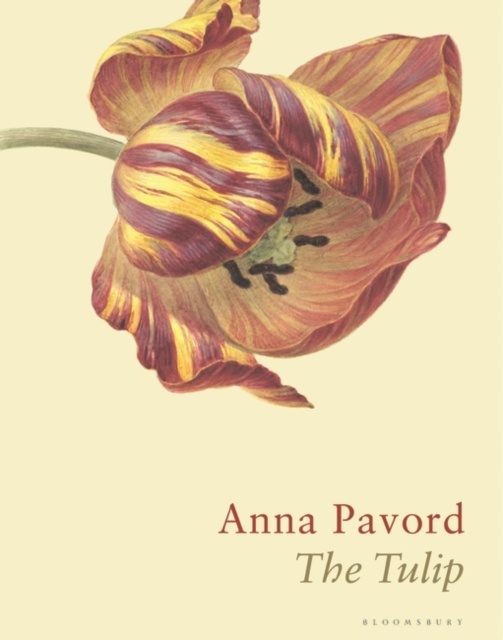
Posted on 04/22/2023 7:02:36 AM PDT by Diana in Wisconsin
The Weekly Gardening Thread is a weekly gathering of folks that love soil, seeds and plants of all kinds. From complete newbies that are looking to start that first potted plant, to gardeners with some acreage, to Master Gardener level and beyond, we would love to hear from you.
If you have specific question about a plant/problem you are having, please remember to state the Growing Zone where you are located.
This thread is a non-political respite. No matter what, you won’t be flamed, and the only dumb question is the one that isn’t asked.
It is impossible to hijack the Weekly Gardening Thread. Planting, Harvest to Table Recipes, Preserving, Good Living - there is no telling where it will go - and that is part of the fun and interest. Jump in and join us! Send a Private Message to Diana in Wisconsin if you'd like to be added to our New & Improved Ping List.
NOTE: This is a once a week Ping List. We do post to the thread during the week. Links to related articles and discussions which might be of interest to Gardeners are welcomed any time!

History Of Tulip Bulbs: The Story Behind Tulip Mania
For many, tulips are a staple in the spring flower garden. With their beautiful, vibrant colors and bold patterns, the blooms are undoubtedly a welcome sign that weather will soon begin to warm. When planted in the fall, even the most novice gardener can grow beautiful, show-stopping tulips in their flower beds.
Easily obtainable to most growers, the import of tulip bulbs continues to increase with each planting season. Classified into singles, doubles, fringed, and even parrot types (only to name a few), and with over 3,000 documented cultivars, there is most likely a tulip that fulfills the preferences of even the most finicky of gardeners. Luckily, for modern gardeners, tulips are no longer quite the extravagance that they were at one time. However, the rich history of tulip bulb cultivation is one from which we can still learn.
Tulip Bulb History
Most likely native to Central Asia, tulip bulbs have long been cultivated for their beauty. Though modernly synonymous with the Netherlands, it wasn’t until the 1600s that tulips were cultivated there. The early scarcity of these wondrous bulbs allowed for tulips to quickly became an item of great status and desire among the Dutch of the time.
And this is where the story behind tulip mania began. As demand for the plant grew, many citizens began paying astronomical prices for a single tulip bulb. While many would trade animals, others would go on to make investments equivalent to or exceeding even the cost of a new home at the time. As prices for tulip bulbs began to skyrocket, soon a system of tulip “stocks” had formed.
The value of different tulip varieties would rise and fall, depending upon the day. Many invested some or nearly all their money into the tulip trade. Eventually, as we all know, this system would go on to collapse, as those wishing to profit from their tulip stocks began to sell. As the price of tulip bulbs continued to fall, those who had invested into the tulip trade suffered great losses. A valuable lesson from which we can still learn today.

Tulips are one of springtime’s favorite flowers. While there are thousands of individual varieties, all these different tulips can be separated into 16 main categories. Every tulip cultivar is placed into one of these 16 divisions when registered with The Royal General Bulb Growers’ Association, based in Holland. Let’s look at the 16 types of tulips, including the defining characteristics and some popular varieties that fit into each category.
1. Single Early tulips
2. Double Early tulips
3. Triumph tulips
4. Darwin hybrid tulips
5. Single Late tulips
6. Lily-flowered tulips
7. Fringed tulips
8. Viridiflora tulips
9. Rembrandt tulips
10. Parrot tulips
11. Double Late tulips
12. Kaufmanniana tulips
13. Fosteriana tulips
14. Greigii tulips
15. Species tulips
16. Coronet tulips
Photos and more info at link.
https://www.homefortheharvest.com/types-of-tulips/

I love bulbs...daffodils and tulips are my favorites.
Haven’t made it to Holland, but my Grandma used to take me to the Tulip Festival in Holland, MI. I had the wooden shoes and the fancy cap and everything. :) Good memories!
Last Spring it got so hot here in April (a stretch of 90’s and brutal sunshine) that my tulips basically croaked a day after blooming. Holland, MI cancelled their festival.
So far we’re having a below-normal temperatures Spring. I’d rather have that!

Here in Florida it has been unmercifully hot and dry.
I’ve gotten quite a few tomatoes but even marigolds can’t take the dry heat.
I have to pick the tomatoes just as they turn red because Mr. Squirrel loves them too.
We are almost an hour away from Holland Michigan. Tulips are bug around here.
I always wanted to try these, peppermint stick tulips.
https://www.brecks.com/product/Peppermint-Stick-Tulip
Or these, candy cane tulips
https://pixels.com/featured/1-candy-cane-tulips-in-spring-eva-kaufman.html
Oops, bug =big
It’s lightly SNOWING on me, today. High of only 35 degrees.
Uncle!

"A revised and updated edition of the internationally bestselling classic Anna Pavord’s now classic, internationally bestselling sensation, The Tulip, is not a gardening book. It is the story of a flower that has driven men mad. Greed, desire, anguish and devotion have all played their part in the development of the tulip from a wild flower of the Asian steppes to the worldwide phenomenon it is today. No other flower carries so much baggage; it charts political upheavals, illuminates social behaviour, mirrors economic booms and busts, plots the ebb and flow of religious persecution. Why did the tulip dominate so many lives through so many centuries in so many countries? Anna Pavord, a self-confessed tulipomaniac, spent six years looking for answers, roaming through eastern Turkey and Central Asia to tell how a humble wild flower made its way along the Silk Road and eventually took the whole of Western Europe by storm. Sumptuously illustrated from a wide range of sources, this irresistible volume has become a bible, a unique source book, a universal gift and a joy to all who possess it. This beautifully redesigned edition features a new Preface by the author, a revised listing of the best varieties of this incomparable flower to choose for your garden and a reorganised listing of tulip species to reflect the latest thinking by taxonomists."

Peppermint Stick
Candy Cane
Meanwhile, I just finished breaking up the fallow ground, and raked the bottom portion, plus trying to seal leaks in some rain barrels (saves the LL money on the H20 bill). But planting is still about 3 weeks away, meaning from sowing to planting is about 6 weeks. I would like to get about 400lbs of cow manure compost, but do not think I should be spending that much of the Lord's money on the garden (we buy very little veggies). Thanks and praise be to God from what I can do.
The advantage of lower than normal temps here (Oregon) this year is our daffodils have been blooming for weeks...tulips are not yet out, but may pop this week when we are supposed to get a 75 degree day. Thanks for the Tulip history.
TO LINK BACK TO THE APRIL 15 - 21 2023 WEEKLY GARDEN THREAD
CLICK ON THE DUTCH TULIP FIELD WITH YOUR FAVORITE TULIP COLOR!


Disclaimer: Opinions posted on Free Republic are those of the individual posters and do not necessarily represent the opinion of Free Republic or its management. All materials posted herein are protected by copyright law and the exemption for fair use of copyrighted works.